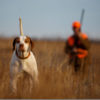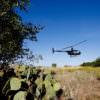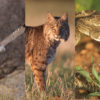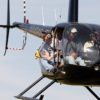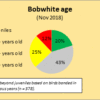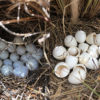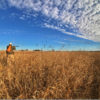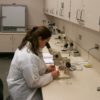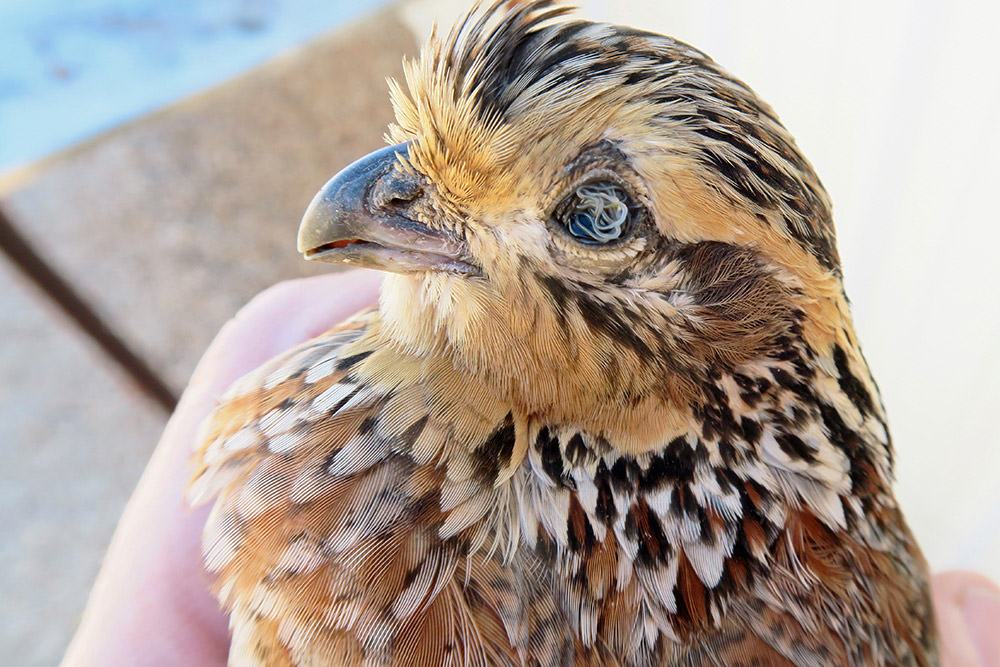
So, is the bobwhite bust a function of hot and dry weather, eyeworms, or something else? One would be hard-pressed to point a finger at habitat per se this year. So we seek to keep our antenna up and our eyes open to all plausible hypotheses, including eyeworms. That’s where we seek your help
As you venture afield for quail season, I’m giving you a homework assignment. Once again, we are soliciting quail heads to screen them for eyeworms. Last year, the epicenter of the eyeworm infection was a bullseye on Fisher County. By screening quail across the state we hope to learn just how widespread (and severe) the problem is. We’ll analyze birds from out of state too.
See our website for the protocol and data sheet for handling/shipping specimens to us for this free service.
Jess Newsome (QM ’17) provided this report (and tip) from Kent Co. in February 2018:
“Encouraged by the eyeworm focus of your January RPQRR newsletter, I made my first attempt at eyeworm inspection this week on six bobwhites harvested in central Kent County. All six birds were infected, ranging from 5-27 worms. I only collected worms from the front of the eye, under the nictitating membrane; I did not remove the eyeball. The inspection was done approximately 2-6 hours after harvesting the birds. I observed worms from 1/8″ to 7/16″ long; some still wriggling. I also found that a soft pick (with tiny barbs) used for dental cleaning was a particularly handy probe for collecting the eyeworms especially for an old man with bifocals and shaky hands.”
Now, if you’re going to submit the heads for us to examine, don’t do any “in the field” inspections (it could mess up our “official” counts), but if you want to do your own sampling in the field the Newsome technique (using a dental pick) was 82% accurate in determining presence/absence of eyeworms. Our more detailed analysis seeks to determine the total number of eyeworms present.
For more information on how we dissect quail to inspect them for eyeworms, see this webisode https://www.youtube.com/watch?v=QhcioPX8pOw .
If you wish to participate, save us 10-30 heads from your county (and a corresponding wing from each). Put each head (with wing) in a separate Zip-loc bag and include the date and county of harvest. Keep the specimens frozen until shipping. Specimens can also be dropped off at the Matador WMA (Paducah), Gene Howe WMA (Canadian), TPWD Inland Fisheries Office (Abilene), or Muse WMA (Brownwood).
Any questions, please call RPQRR manager Daniel King (325-276-2187).
Now you’re asking “when is that medicated feed going to be commercially available?” Latest word from Dr. Kendall at the Wildlife Toxicology Lab is “late 2020.”


